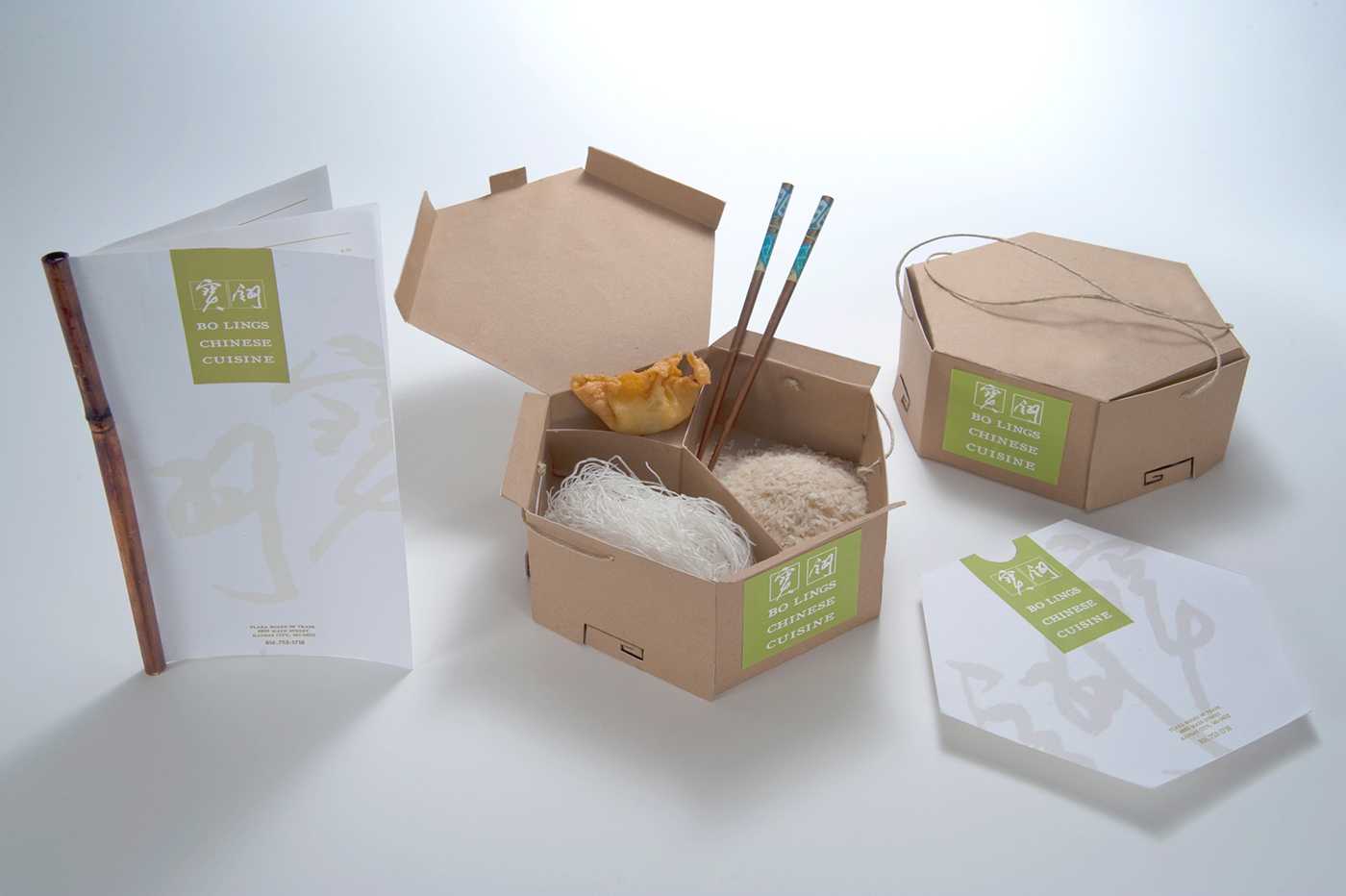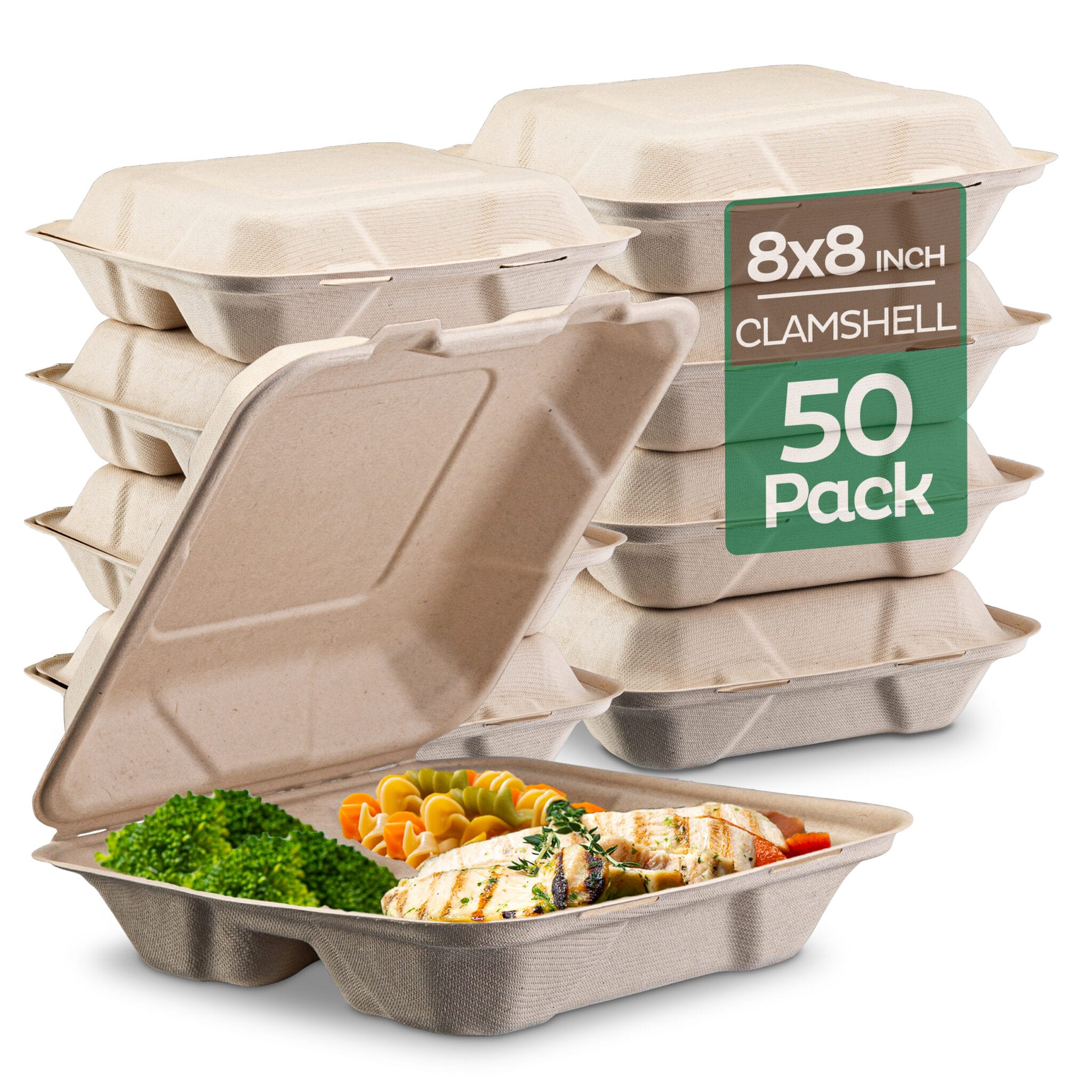Take out of its packaging NYT sets the stage for this enthralling narrative, offering readers a glimpse into a story that is rich in detail with casual but standard language style and brimming with originality from the outset. Prepare to delve into a comprehensive exploration of takeout packaging’s impact on our environment, health, and consumer behavior.
This article sheds light on the alarming statistics and research surrounding the environmental impact of takeout packaging waste. It delves into the challenges associated with recycling and composting these materials, highlighting the urgent need for sustainable alternatives.
Impact on Environment

Takeout packaging, while providing convenience, poses a significant environmental challenge. Its disposal generates a substantial amount of waste, contributing to landfills and pollution.
Research indicates that takeout packaging accounts for a large portion of solid waste. In the United States alone, an estimated 25 billion pounds of takeout packaging waste is generated annually. This waste primarily consists of plastics, paper, and aluminum, which can take hundreds of years to decompose.
Challenges of Recycling and Composting
Recycling and composting takeout packaging present additional challenges. Many takeout containers are made from mixed materials, making them difficult to separate and recycle. Additionally, food residue and grease can contaminate recyclable materials, rendering them unusable.
Composting takeout packaging is also problematic. Food residue and grease can attract pests and create unpleasant odors. Furthermore, the presence of non-biodegradable materials, such as plastic lids and straws, can hinder the composting process.
Whether it’s Tony Stark or Jack Sparrow, these characters have captivated audiences with their wit and charisma. An article in the New York Times explores the ways in which these iconic figures have left an enduring mark on popular culture.
Health Concerns
Takeout packaging is often made with materials that contain harmful chemicals. These chemicals can leach into food and pose a risk to human health.
Some of the most common chemicals found in takeout packaging include:
- Bisphenol A (BPA): BPA is a chemical used to make plastic containers and liners. It has been linked to a number of health problems, including reproductive problems, developmental disorders, and cancer.
- Phthalates: Phthalates are a group of chemicals used to make plastics soft and flexible. They have been linked to a number of health problems, including reproductive problems, developmental disorders, and cancer.
- Perfluorooctanoic acid (PFOA): PFOA is a chemical used to make nonstick coatings and water-resistant paper. It has been linked to a number of health problems, including cancer, liver damage, and developmental disorders.
Specific Health Issues
Exposure to the chemicals in takeout packaging can lead to a number of health problems, including:
- Reproductive problems: Chemicals in takeout packaging can interfere with hormone production and lead to reproductive problems, such as infertility, miscarriage, and birth defects.
- Developmental disorders: Chemicals in takeout packaging can damage the developing brain and nervous system, leading to developmental disorders, such as autism and ADHD.
- Cancer: Chemicals in takeout packaging have been linked to an increased risk of cancer, including breast cancer, prostate cancer, and leukemia.
Sustainable Alternatives
Addressing the environmental and health concerns associated with takeout packaging necessitates exploring sustainable alternatives. These alternatives aim to minimize waste, reduce pollution, and promote responsible packaging practices.
Biodegradable and reusable packaging materials offer viable solutions. Biodegradable packaging, made from plant-based or other natural materials, decomposes naturally over time, reducing landfill waste. Reusable packaging, such as durable containers and utensils, can be washed and reused multiple times, eliminating single-use plastics.
Biodegradable Packaging Materials
- Paper and cardboard:Renewable and biodegradable, these materials are suitable for containers, boxes, and wraps.
- Bamboo and sugarcane:These plant-based materials can be molded into various packaging forms, providing a durable and biodegradable alternative.
- Compostable plastics:Made from plant-based polymers, these plastics break down in compost environments, reducing landfill waste.
Reusable Packaging Options
- Glass containers:Durable, non-toxic, and infinitely reusable, glass containers are a sustainable choice for food storage and takeout.
- Stainless steel utensils:Strong, corrosion-resistant, and dishwasher-safe, stainless steel utensils can replace disposable plastic cutlery.
- Reusable bags:Made from durable materials like canvas or nylon, reusable bags eliminate the need for single-use plastic bags for takeout orders.
The choice of sustainable packaging depends on factors such as the type of food, storage requirements, and cost. While biodegradable packaging may be more environmentally friendly, reusable options offer long-term cost savings and waste reduction benefits.
Consumer Behavior

Consumer behavior plays a significant role in the generation of takeout packaging waste. Understanding the factors that influence consumer choices regarding takeout packaging is crucial for developing effective strategies to reduce waste.
Both Tony Stark and Jack Sparrow are known for their ability to think outside the box and defy expectations. Their unconventional approaches often lead to unexpected outcomes, altering the narrative in a way that keeps audiences on the edge of their seats.
Factors Influencing Consumer Choices, Take out of its packaging nyt
- Convenience:Takeout packaging provides convenience to consumers, allowing them to easily transport and consume food away from the restaurant.
- Perception of Quality:Consumers often associate takeout packaging with the quality of the food. High-quality packaging can enhance the perceived value of the food.
- Environmental Concerns:Some consumers are becoming more environmentally conscious and may prefer takeout packaging that is recyclable or compostable.
- Cost:The cost of takeout packaging can influence consumer choices. Consumers may be more likely to choose packaging that is affordable.
Strategies to Encourage Consumers to Reduce Waste
- Education and Awareness:Raising awareness about the environmental impact of takeout packaging can encourage consumers to reduce waste.
- Incentives:Offering discounts or rewards for consumers who bring their own reusable containers can incentivize them to reduce packaging waste.
- Improved Packaging Design:Redesigning takeout packaging to use less material or make it more recyclable can help reduce waste.
- Collaboration:Collaborating with restaurants to offer reusable takeout containers or implement other waste reduction initiatives can be effective.
Government Regulations
Government regulations play a crucial role in reducing takeout packaging waste by setting standards, implementing policies, and enforcing measures to promote sustainable practices.
Existing regulations include:
- Bans on certain single-use plastics:Many cities and countries have banned or restricted the use of plastic straws, utensils, and bags, reducing plastic waste generated from takeout.
- Extended producer responsibility (EPR) programs:EPR holds manufacturers responsible for the end-of-life management of their products, including packaging. This encourages companies to design more sustainable packaging.
- Taxes on takeout packaging:Some jurisdictions impose taxes on takeout packaging to discourage its use and incentivize reusable alternatives.
Potential future regulations include:
- Mandatory use of reusable packaging:Governments could mandate restaurants to offer reusable takeout containers, reducing single-use packaging.
- Stricter EPR programs:Regulations could expand EPR programs to cover a wider range of packaging materials and require manufacturers to take greater responsibility for recycling and waste management.
- Bans on non-recyclable packaging:Governments could ban packaging materials that are not easily recyclable, promoting the use of sustainable alternatives.
These regulations have varying levels of effectiveness, depending on factors such as enforcement, consumer awareness, and availability of sustainable alternatives. Future regulations aim to address these challenges and further reduce takeout packaging waste.
Industry Initiatives
The foodservice industry recognizes the environmental impact of takeout packaging and is actively working to reduce waste. Several initiatives have emerged to promote sustainable packaging practices and collaborate on solutions.
Successful Programs and Partnerships
- NextGen Consortium:A collaboration between McDonald’s, Starbucks, and Closed Loop Partners to develop innovative packaging solutions and increase recycling infrastructure.
- Sustainable Packaging Coalition:A membership organization that brings together businesses, nonprofits, and government agencies to advance sustainable packaging practices.
- Ellen MacArthur Foundation’s New Plastics Economy:A global initiative to eliminate plastic waste and pollution by redesigning packaging, promoting reuse, and improving recycling.
Challenges and Opportunities for Collaboration
While industry initiatives are making progress, challenges remain. One challenge is the lack of standardized packaging materials, making it difficult to recycle and compost. Additionally, consumer behavior and preferences can hinder the adoption of sustainable packaging solutions.
Opportunities for collaboration include developing shared infrastructure for recycling and composting, investing in research and development for innovative packaging materials, and educating consumers about sustainable packaging practices.
Concluding Remarks
In conclusion, takeout packaging poses significant environmental and health concerns, demanding immediate attention. As consumers, we have a crucial role to play in reducing waste by embracing sustainable alternatives and supporting industry initiatives. Government regulations and industry collaboration are essential to drive systemic change and create a more sustainable future for takeout packaging.
FAQ Explained: Take Out Of Its Packaging Nyt
What are the most common types of takeout packaging?
Plastic containers, foam containers, paper bags, and aluminum foil are commonly used for takeout packaging.
How can I reduce my takeout packaging waste?
Bring your own reusable containers, opt for restaurants that use sustainable packaging, and avoid single-use items like plastic utensils.
